The most astonishing looking common aircraft of World War II was the Lockheed Lightning P-38. It had two tails.
Or rather in aircraft talk, it had twin booms ending in vertical stabilizers and rudders. The pilot sat in a span between twin engines, nothing behind him but air until the horizontal stabilizer that connected the booms at the rear.
The story of the P-38, which was in production all through World War II—possibly the only plane so honored—and which flew in every theater of the war, goes something like this. In the late 1930s, the U.S. Army Air Corps saw the need for a high-altitude interceptor fighter with speed, firepower, and range. Because propeller aircraft engines were coming to the peak of perfection beyond which they might not proceed much farther, the idea flourished that two was better than one. There were plenty of two-engine planes then, of course, but the idea of the twin booms was, according to Gil Cefaratt, who worked at Lockheed in 1944 and founded the P-38 National Convention in 1986, less drag and the fact that landing gear could be braced in the engine compartments and not in the wings proper. In fact, the P-38 was the first fighter with “tricycle” landing gear, that is, wheels mounted on the nose and two engines without one at the rear. This allowed the craft to take off and land with its tail about as high as its nose.
The two engines also reflected the fact that the U.S. military was keen on “heavy” aircraft, those with armor that would protect the pilot and other equipment that would make them effective in combat. The Japanese relied on stripping their fighters such as the Zero to the bare necessities. Consequently, Zeros could maneuver well—they could out-turn P-38s and most other aircraft—but caught fire more quickly when hit and far more often took their pilots down with them.
The P-38 did not have a “joy stick” for the pilot, but something more akin to a steering wheel. Its propellers spun in opposite directions. This, of course, meant that the torque created by one propeller was negated by that of the other. Thus the pilot would not have to struggle against torque as he accelerated the aircraft for takeoff. In 1939, the P-38 broke a speed record for transcontinental flight.
Lloyd Curtis, who also worked at Lockheed during the war, points out that the P-38 offered difficulties when the pilot had to bail out: He was in danger of hitting the horizontal stabilizer. A remedy for this was eventually a pilot’s seat that was ejected from
the cockpit, a forerunner of today’s versions. Other measures, says Cefaratt, included putting the plane into a stall, crawling out on the left wing and jumping, or inverting the aircraft and falling out (hoping the fighter would not loop around and smash you seconds later).
The pilot who was most successful in the P-38 was Richard Bong, the United States’ most accomplished fighter ace. Between December 27, 1942, and December 17, 1944, he shot down 40 Japanese planes, still a U.S. record. He was awarded the Medal of Honor and twice was pulled from combat owing to the psychological impact on both sides should be he killed by the Japanese. Bong is thought to have been so successful in P-38s due to eye/hand/foot skills gleaned from a young manhood handling large farm machinery in rural Wisconsin. He preferred to climb and then dive down on Japanese planes, or to rise up swiftly beneath them—and to come so close before shooting that he often flew through the explosive wreckage. He was killed at age 24 in California on the day the Hiroshima bomb was dropped while testing Lockheed’s first jet fighter.
The Richard I. Bong World War II Heritage Center opens in September 2002 in Superior, Wisconsin. On display, of course, will be a replica of “Marge,” Bong’s exquisite P-38. n
Brooke C. Stoddard

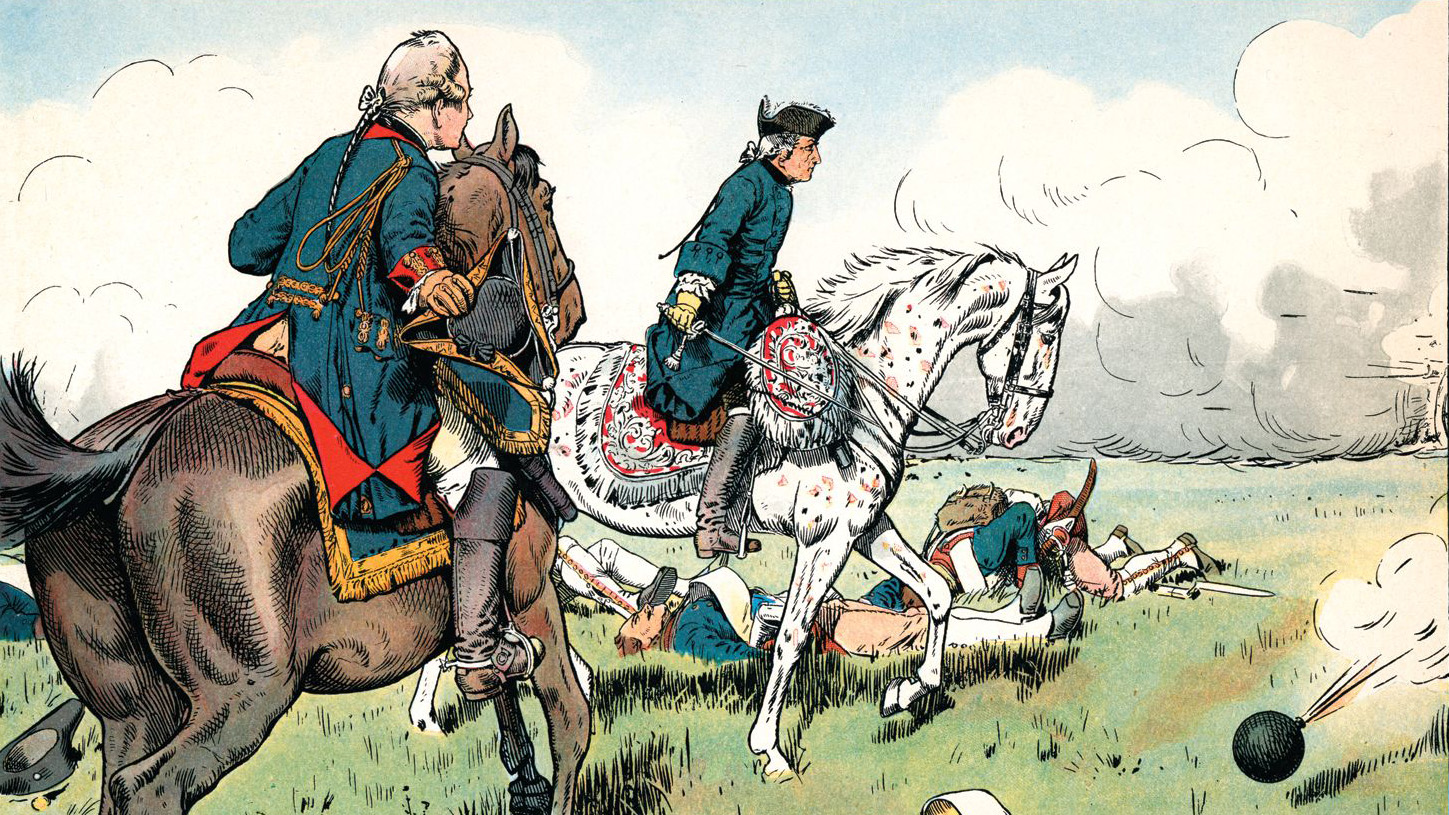

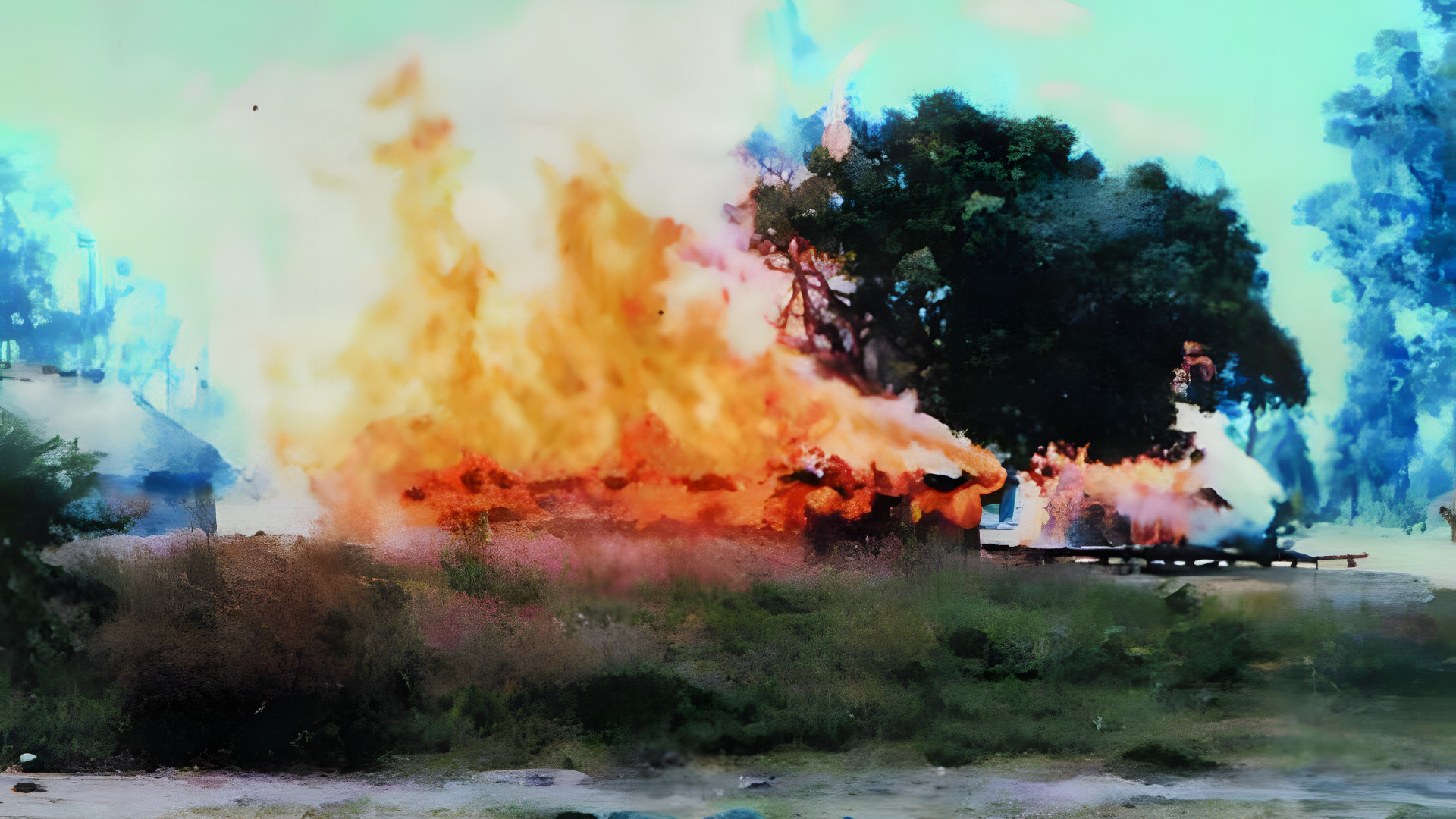
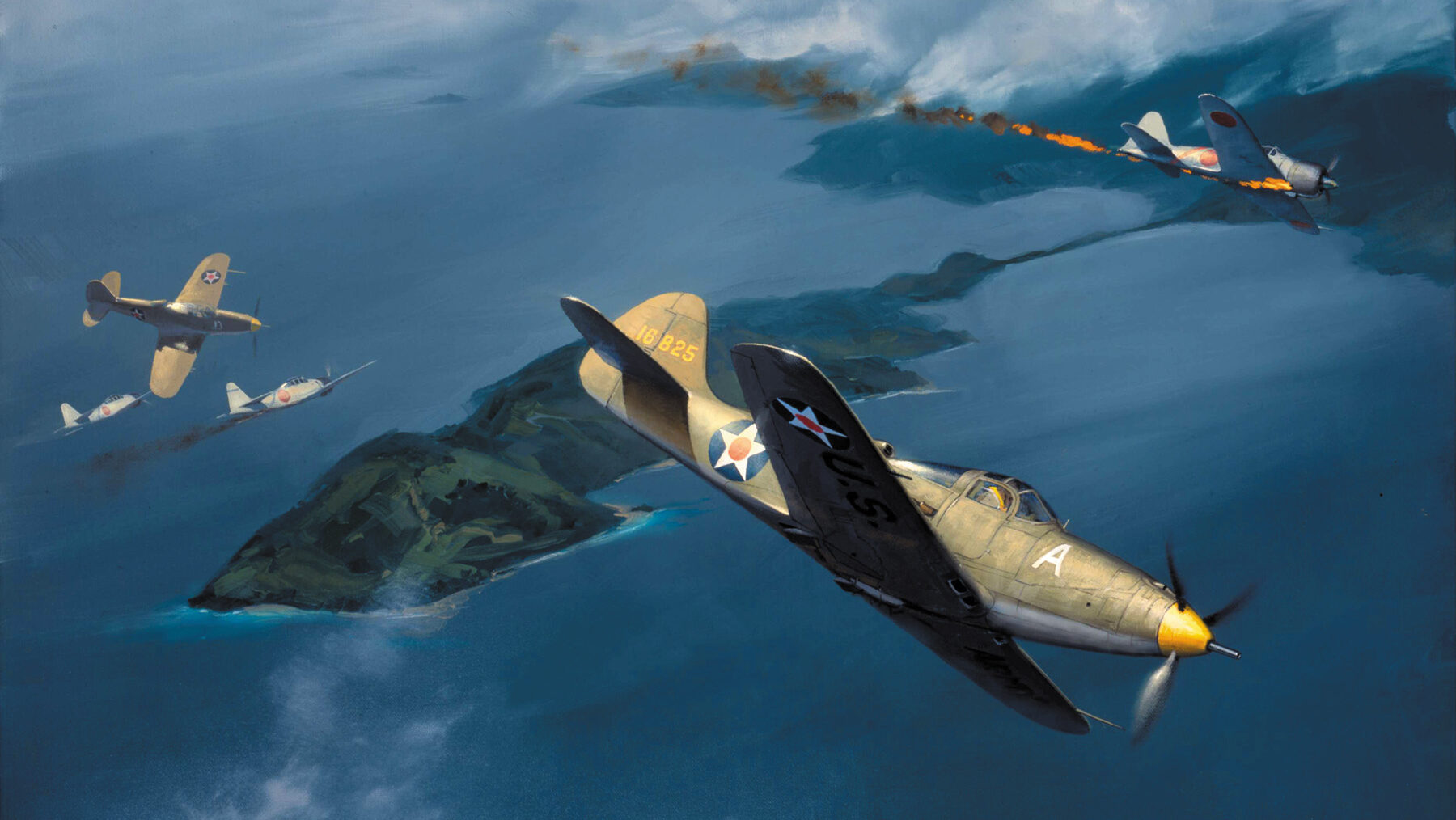
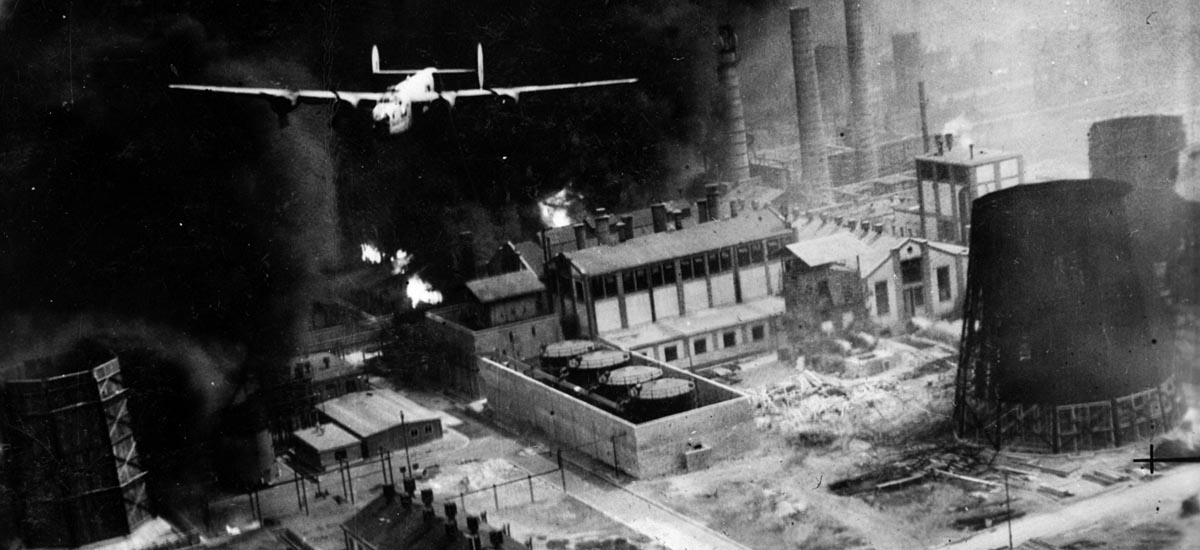
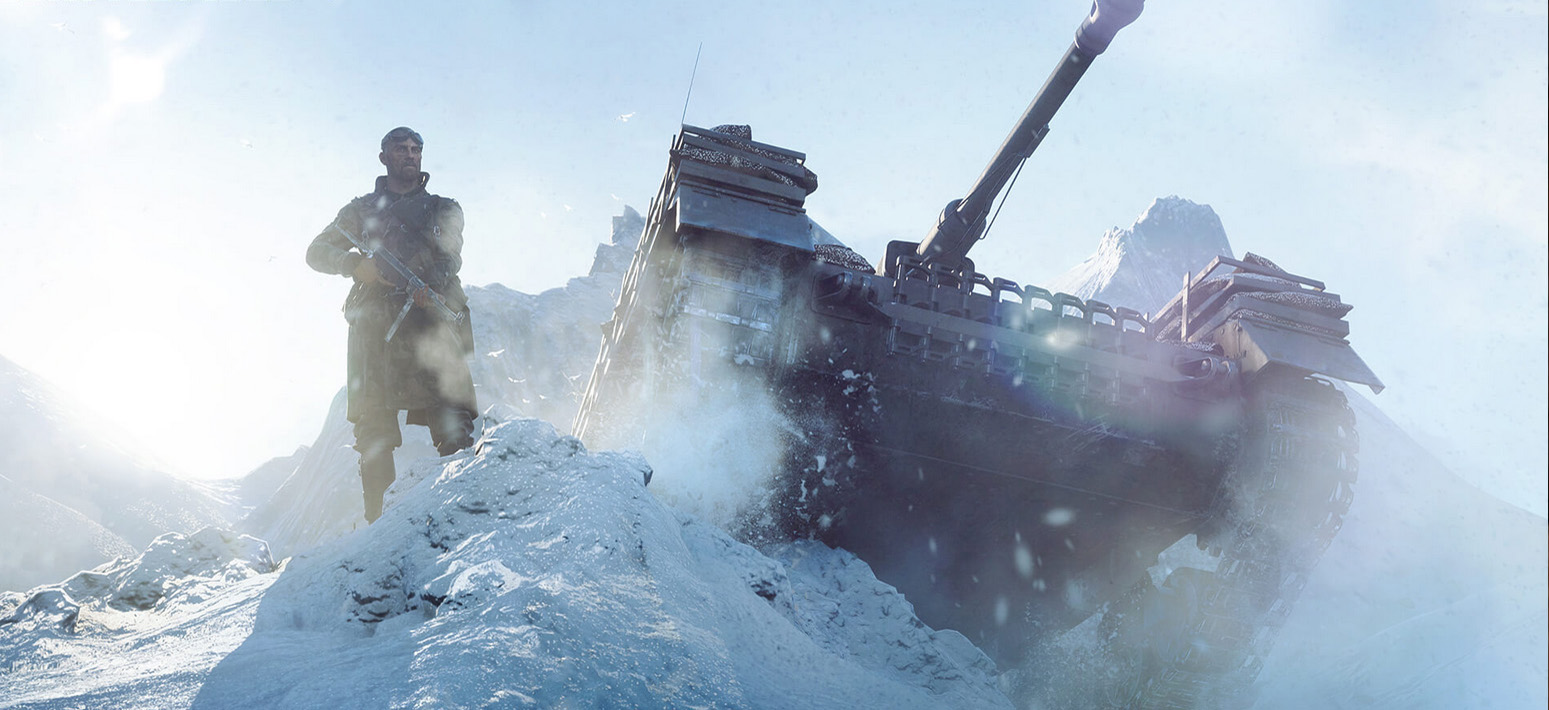
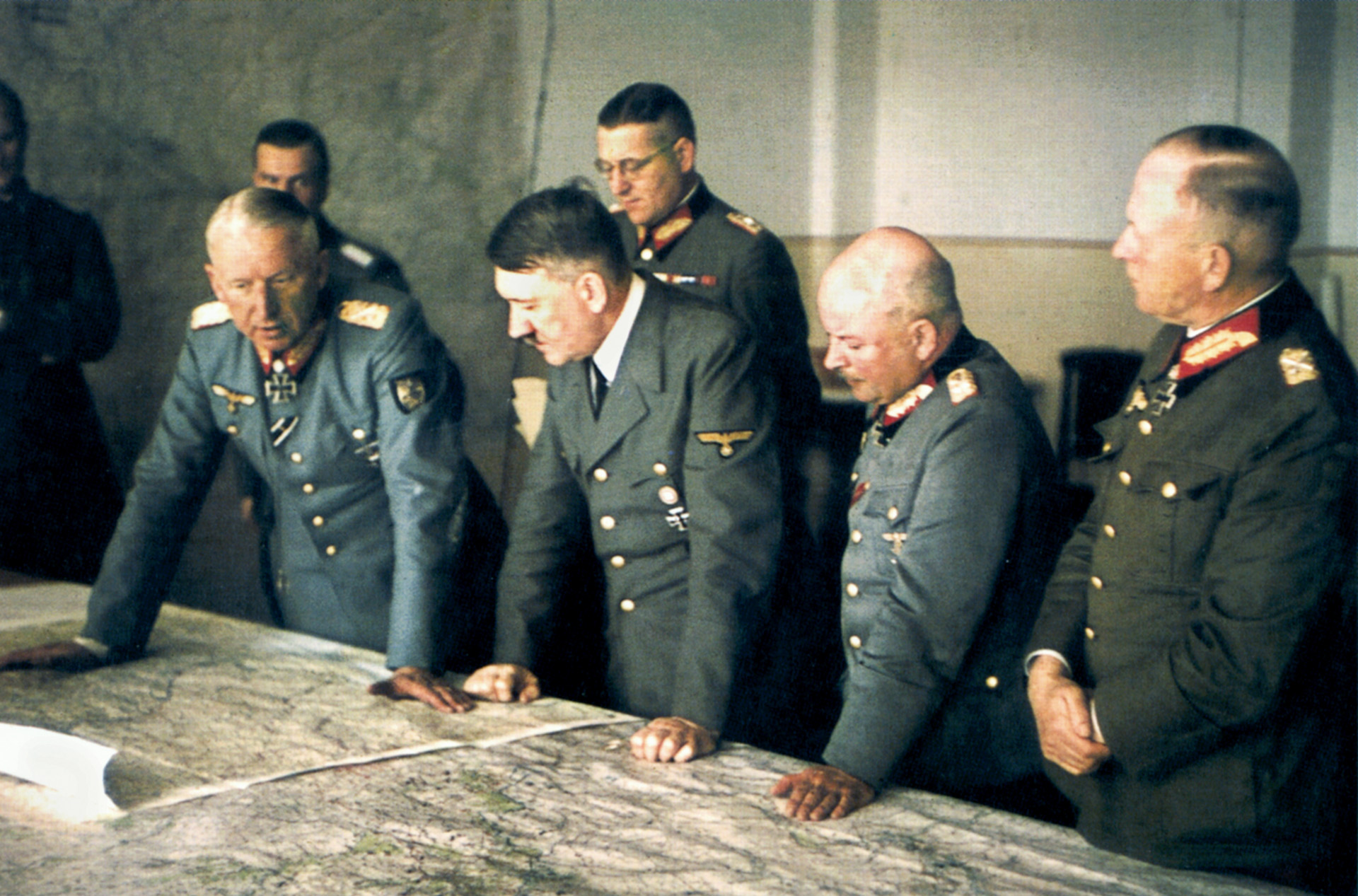
Join The Conversation
Comments
View All Comments